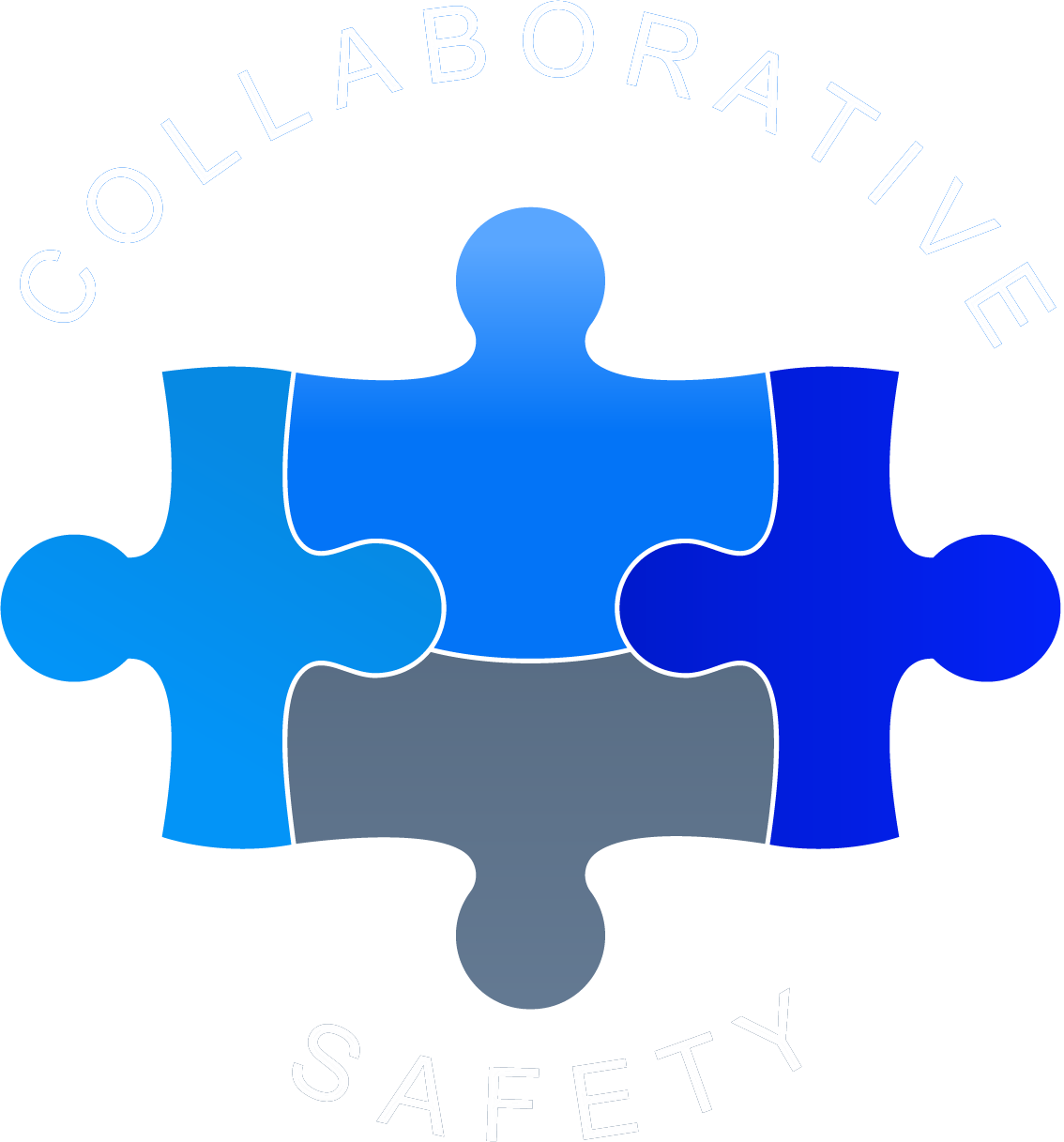Collaborative Safety: Independent Systems Review
When a critical incident occurs, it is important for agencies to learn how their system can improve. Collaborative Safety’s Independent Systems Review helps agencies recover from these events and identify critical areas of improvement. The Collaborative Safety Review involves an in-depth systemic analysis of any critical incident, to identify and improve systemic issues that may be limiting the agency’s ability to provide more successful outcomes. This approach is founded in Safety Science which is commonly championed in industries such as aviation, healthcare, and nuclear power.
Key Features:
• Methods based in Safety Science
• Non-Blaming
• Understands the “Why” behind staff decisions
• Includes “Voices” across the organization
• Analyzes the system
• Informs meaningful change
Systemic Review Includes:
• Comprehensive Case Review
• Human Factors Debriefings with directly involved staff
• Facilitated Systems Mapping that involves staff across organization and external partners
• Report development which includes Recommendations for Improvement
Additional Supports:
• Ongoing guidance and support for recommendation implementation
• Report debriefing with internal staff and/or key external stakeholders


